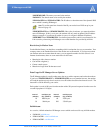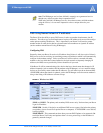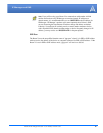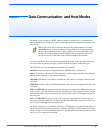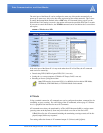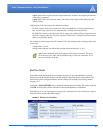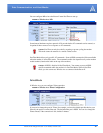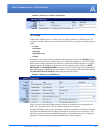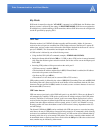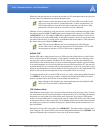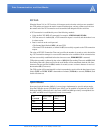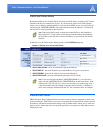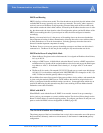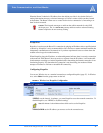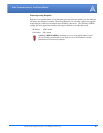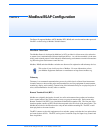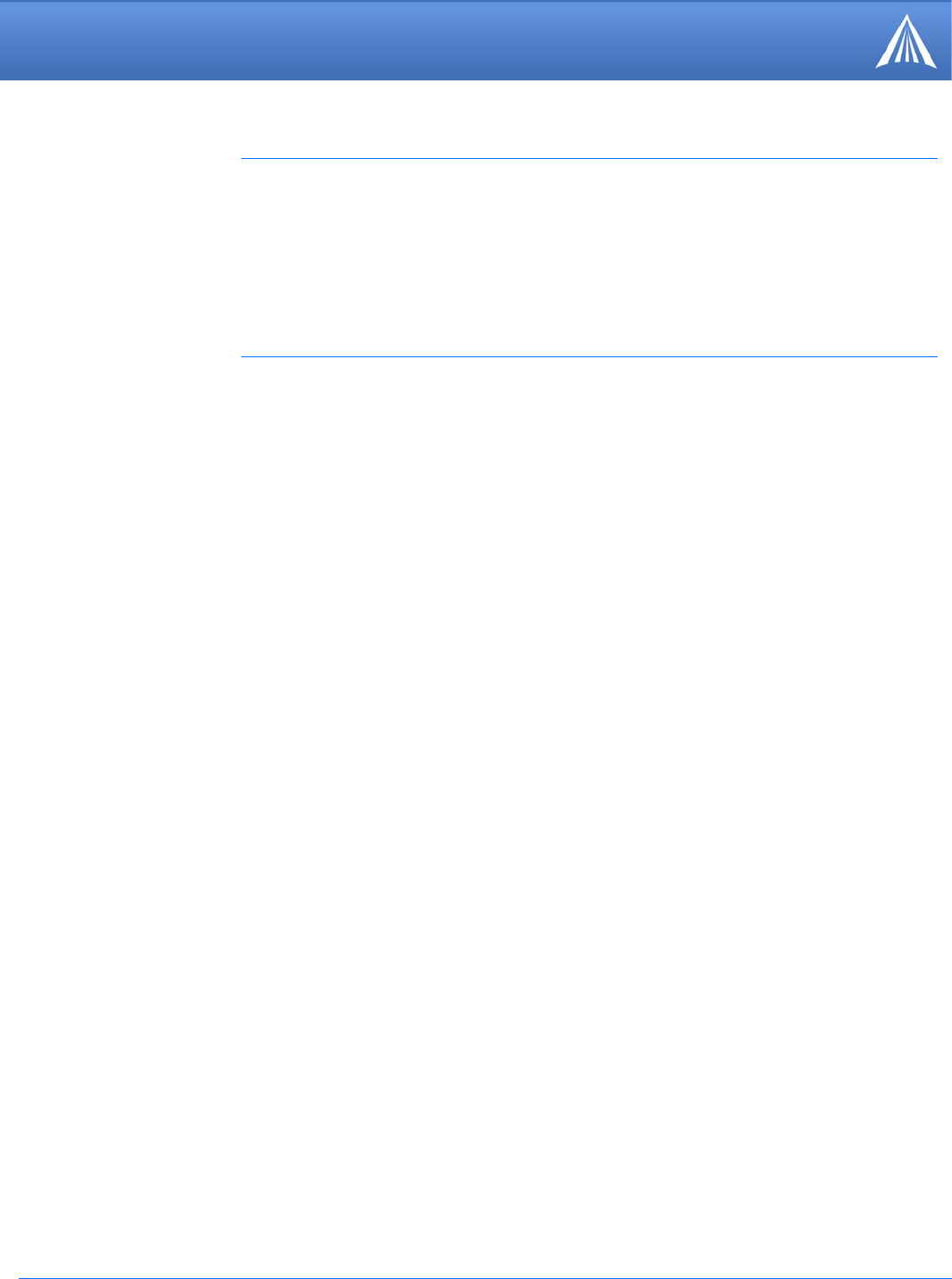
Raven X EV-DO for Verizon - User Guide, version 2.34 22
Data Communication and Host Modes
Slip Mode
SLIP mode is entered be using the "AT\ASLIP" command. As in PPP Mode, the IP address that
the host assumes is affected by the setting of *HOSTPRIVMODE. SLIP does not negotiate the
IP with the host, so before making a SLIP connection, the host SLIP driver must be configured to
use the IP specified by querying S110.
UDP Pad
When the modem is in UDP PAD (Packet Assembly and Disassembly) Mode, all characters
received on the seial port are assembled into UDP packets and sent to the Raven X’s remote IP
address/port, and any packets received from the same IP/port-destined for the Raven X’s device
port (see *DPORT)--are disassembled and dumped onto the serial line.
A UDP session is initiated by one of the following events:
• Using the Dial UDP (DP) AT command (example, ATDP192.168.3.23/3456).
• Setting the Startup Mode Default (MD) to 3 (UDP) so that a UDP session is entered automati-
cally when the modem registers onto the network. Serial data will be sent to the IP/port speci-
fied in S53.
• Incoming UDP packets will be processed out the serial port if
• UDP auto answer is enabled (S82=2);
• The destination IP address matches that in S53 (if Friends Mode is enabled, the IP address
also needs to be present on the Friends List);
• Or allow any IP is set (AIP=1);
• The modem is in AT mode (not in a current UDP or TCP session).
UDP packet assembly is affected by the values of S50 (PAD Forwarding Time-out) and S51 (PAD
Forwarding Character). Data received in the serial buffer will be transmitted when the idle inter-
character time-out specified in S50 (in tenths of seconds) occurs or when a character is received
that matches S51 (if non-zero).
UDP Auto Answer
UDP auto answer (previously called UDP half-open) is set with S82=2. When set, the Raven X
will automatically establish a UDP session to the source IP address and port of the UDP packet
received. The Raven X will remain "locked" to this one remote IP/port until no data is sent or
received for the time interval defined in the UDP auto answer time-out (S83). During this session,
packets from other IP/port addresses will be rejected, unless *UALL is set. Whether or not an
incoming packet will cause the modem to enter a UDP session is always dependent on the S53
and AIP settings.
The Normal UDP Mode (MD3) can be combined with UDP auto answer to cause the incoming
serial data to be sent in UDP packets (instead of being treated as AT commands), while allowing
sessions to be established from different UDP sources. A UDP session will be initiated either by
incoming serial data or by an incoming UDP packet. The session, started by either method, will
be terminated when no data has been sent or received for the S82 period. Once the session termi
-
nates, another may be initiated by either means.



